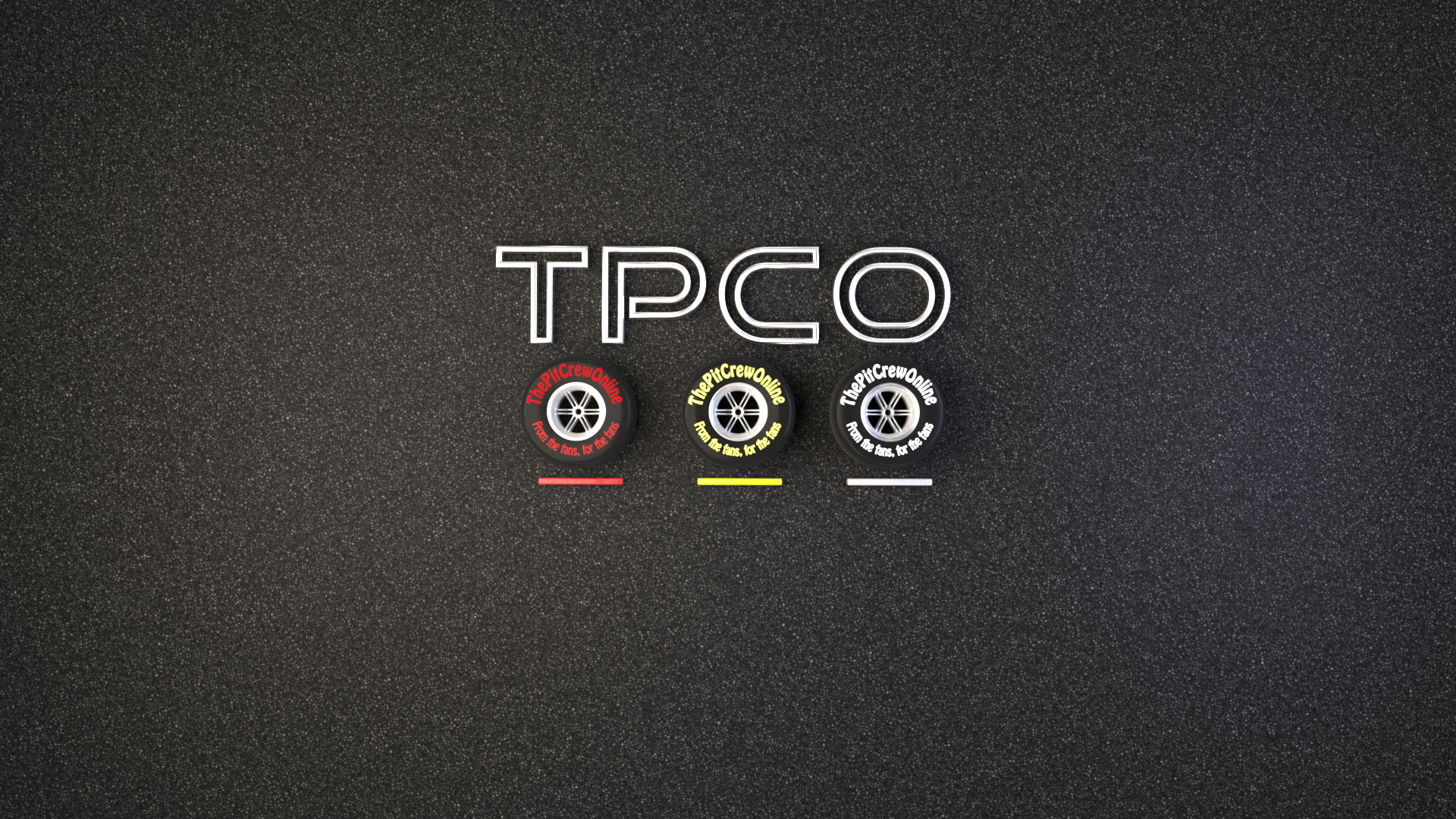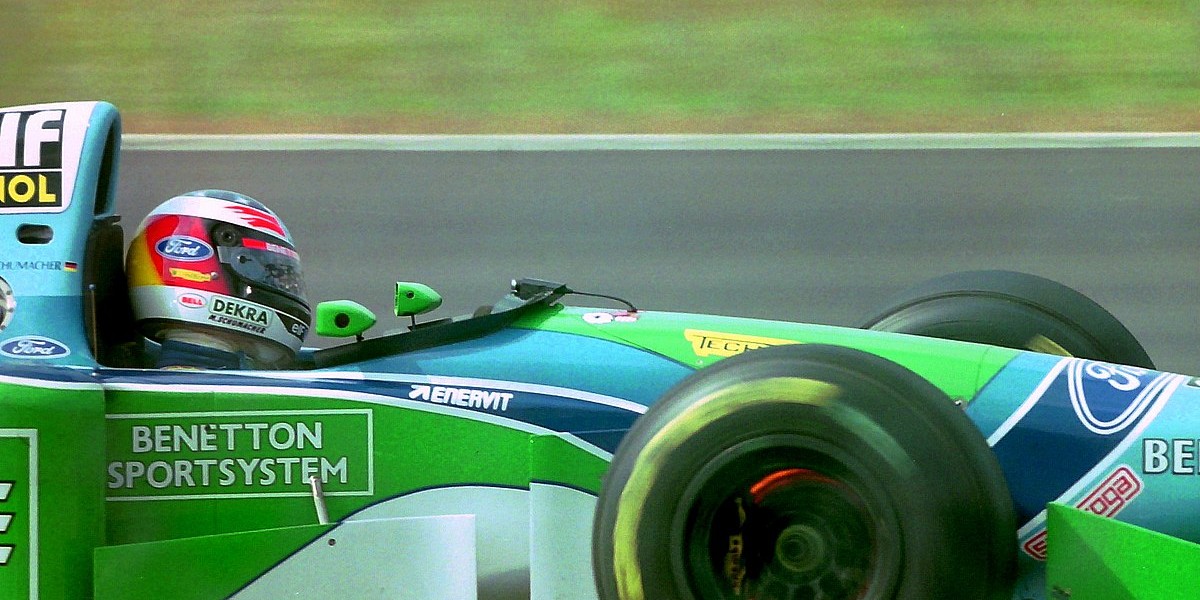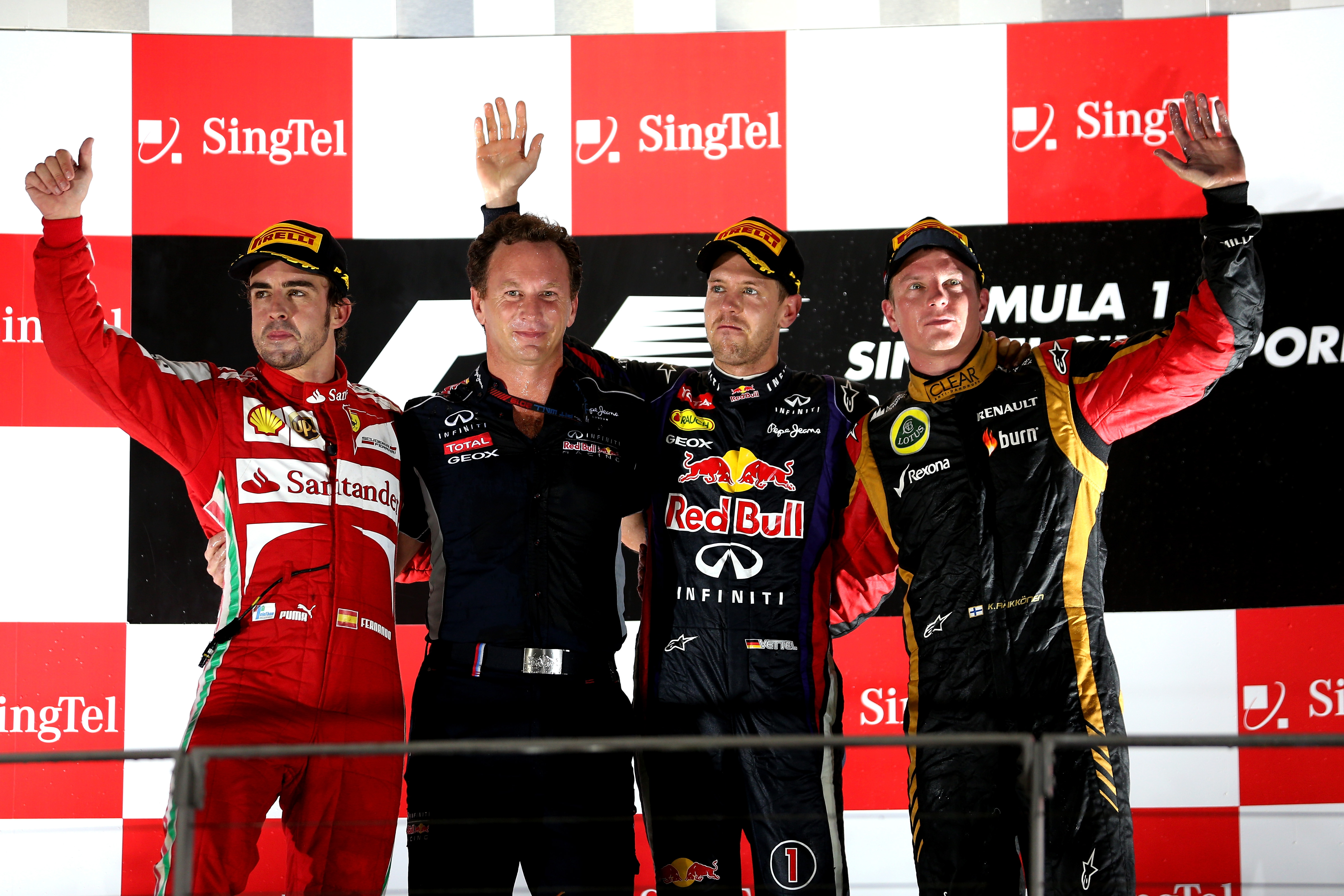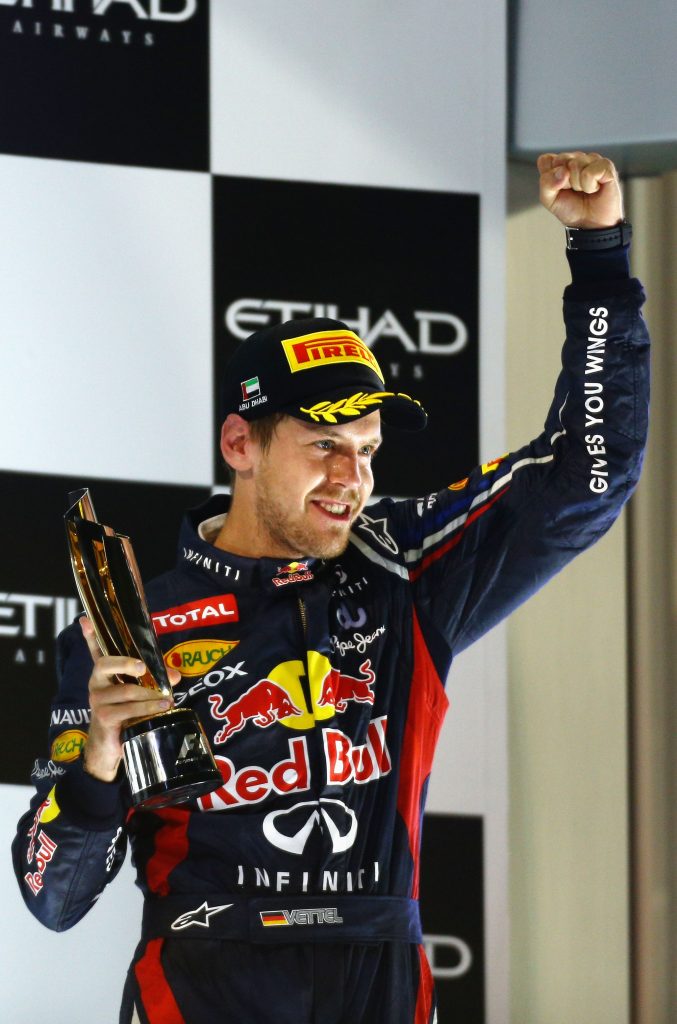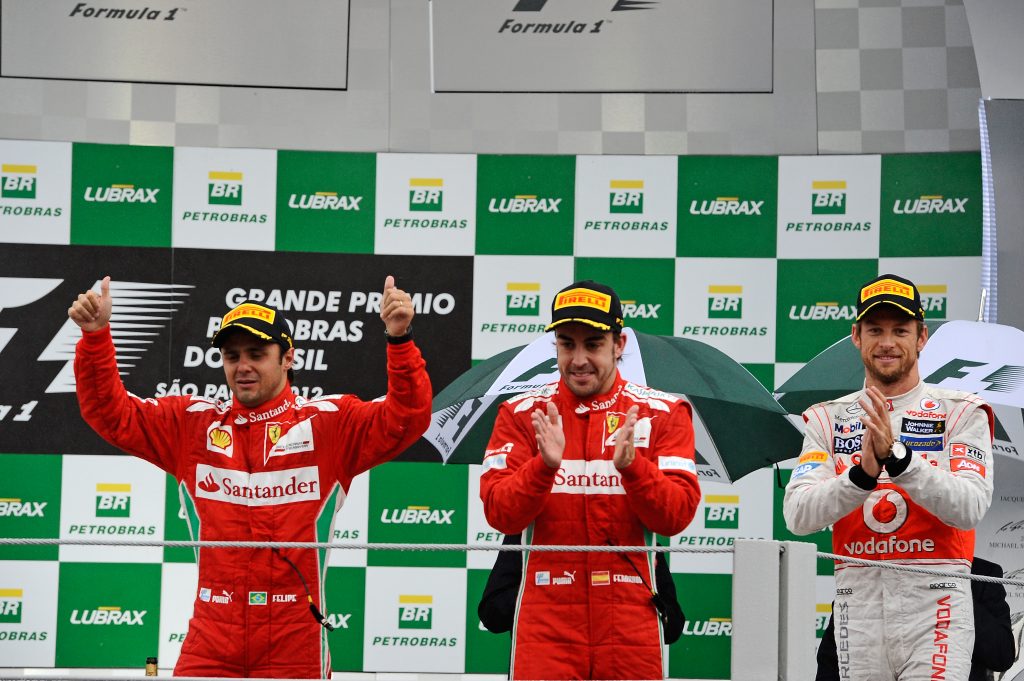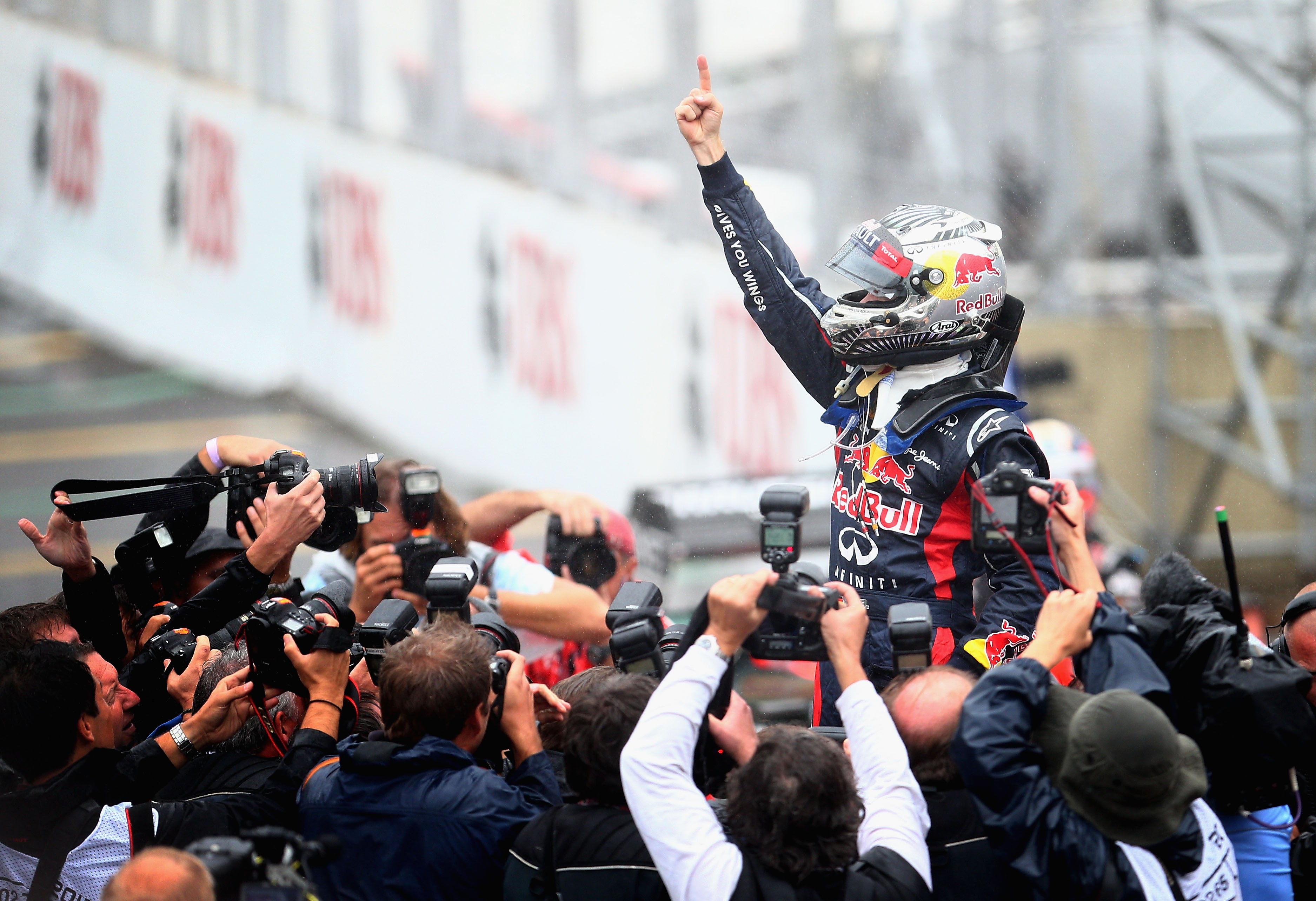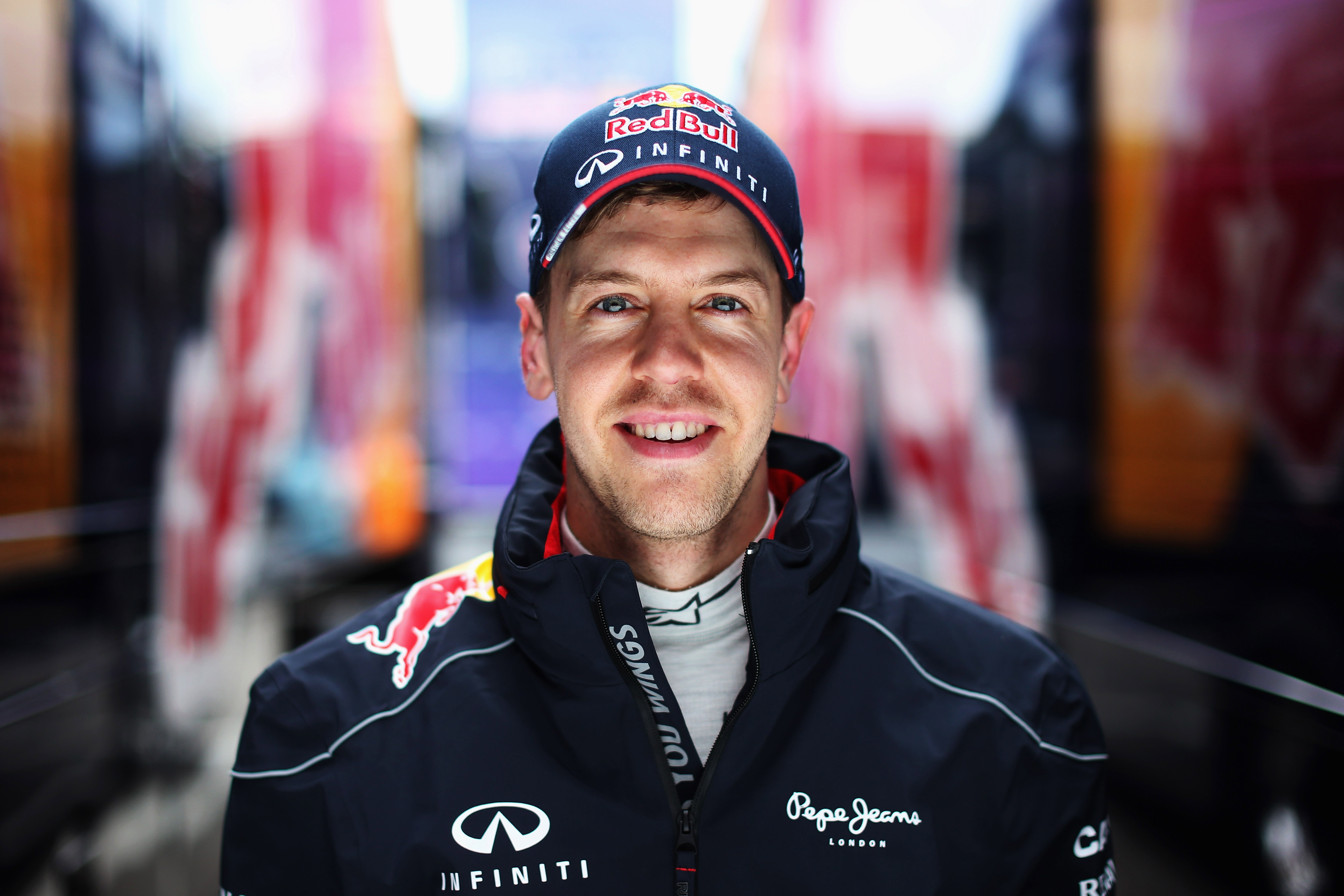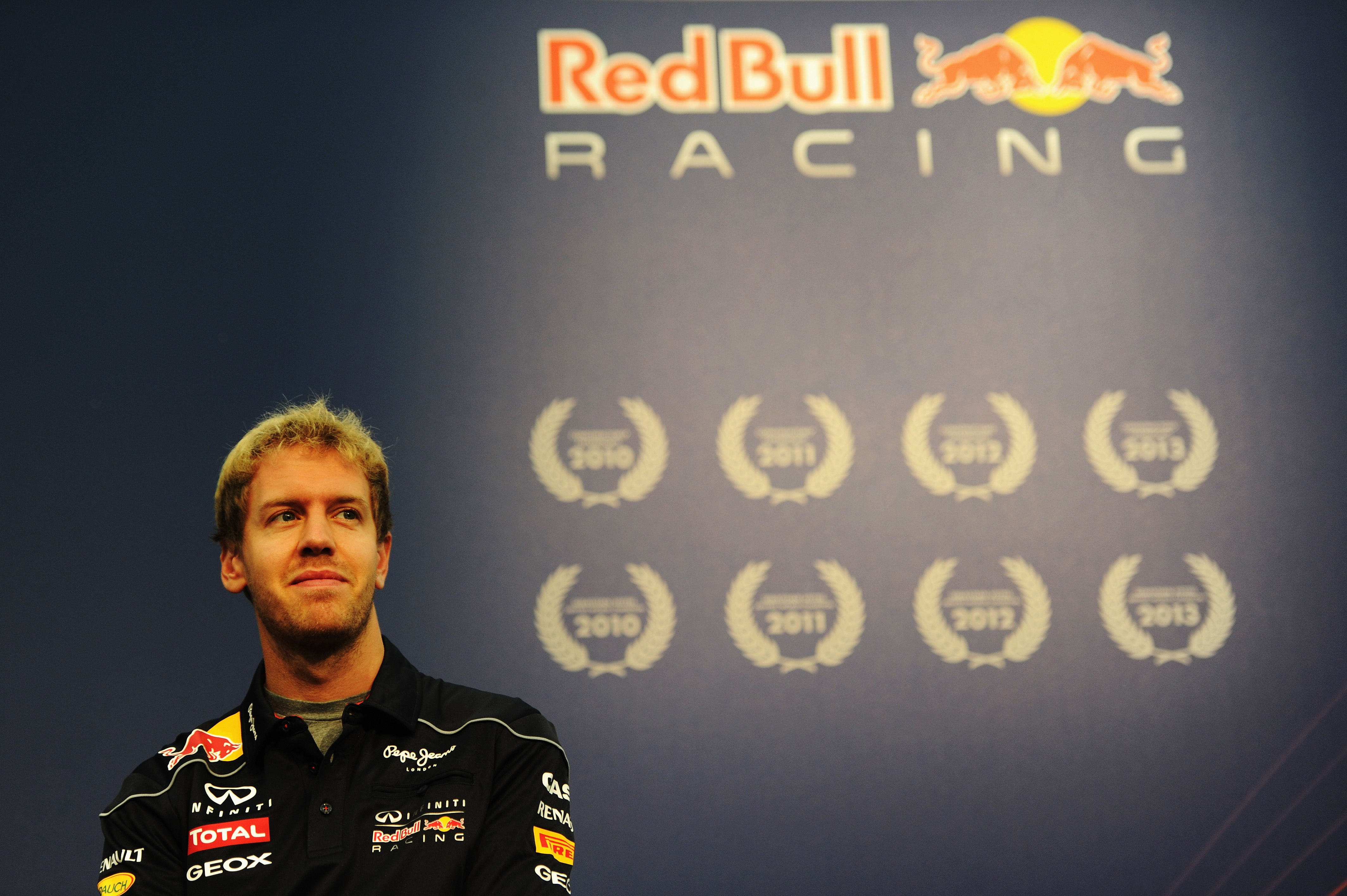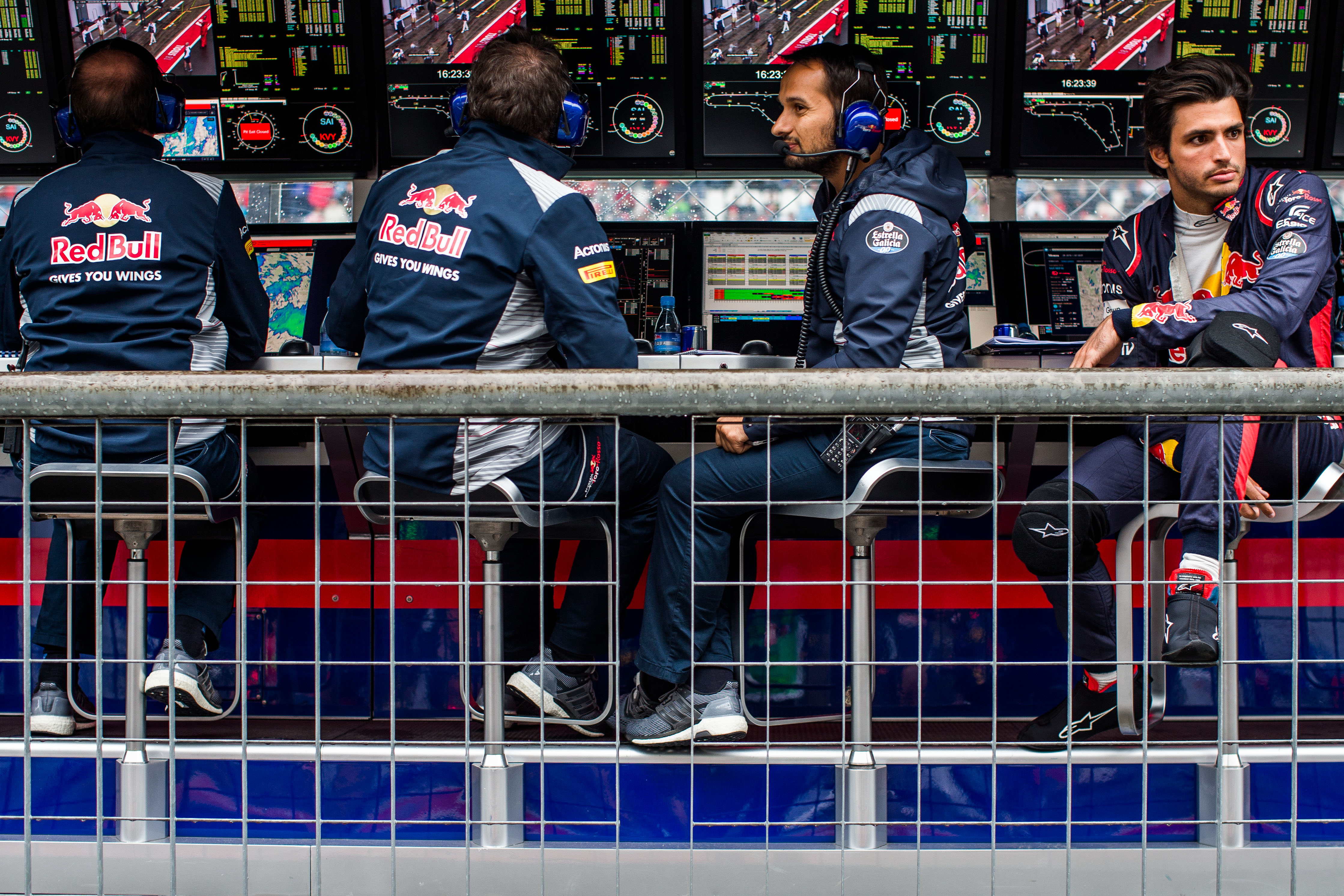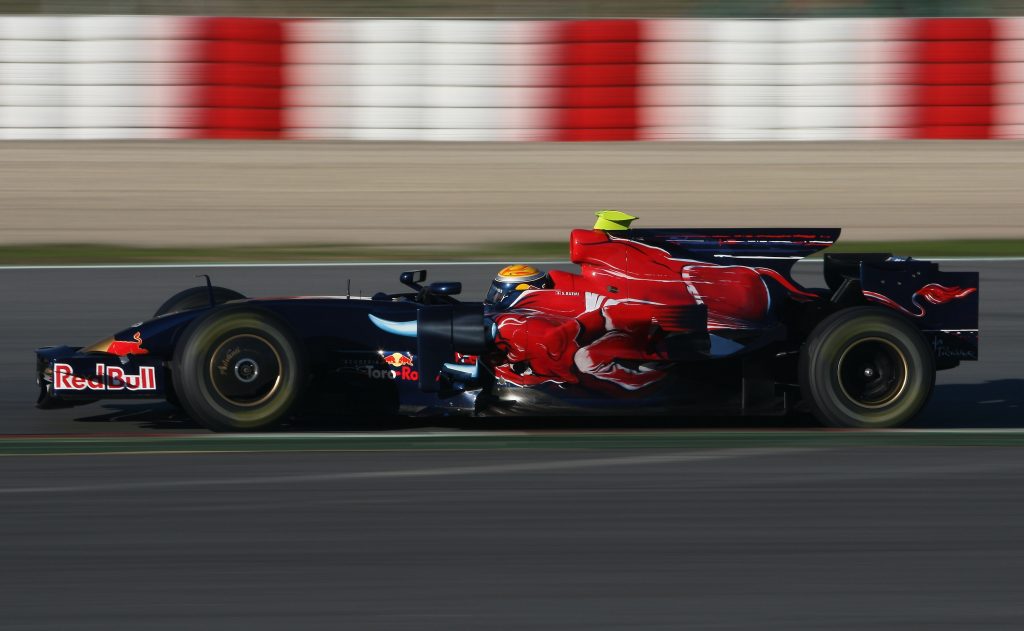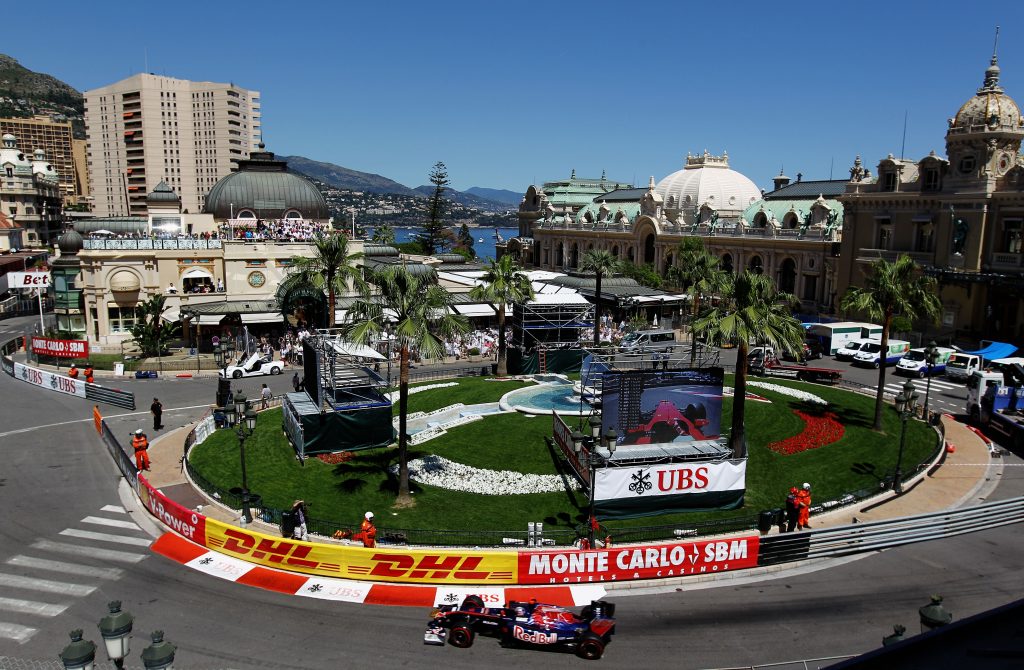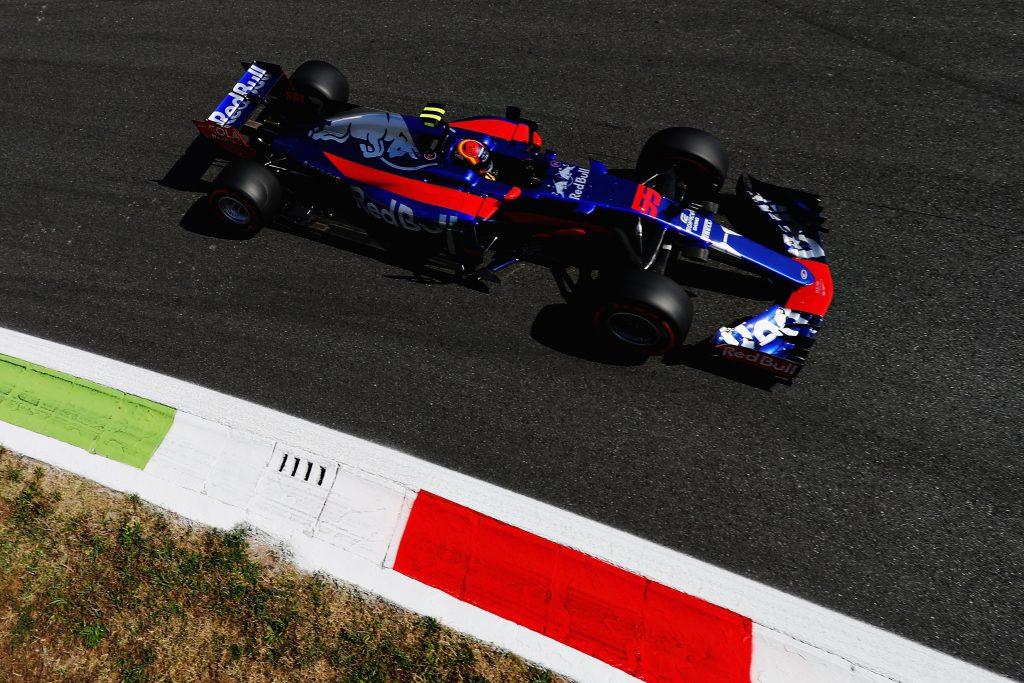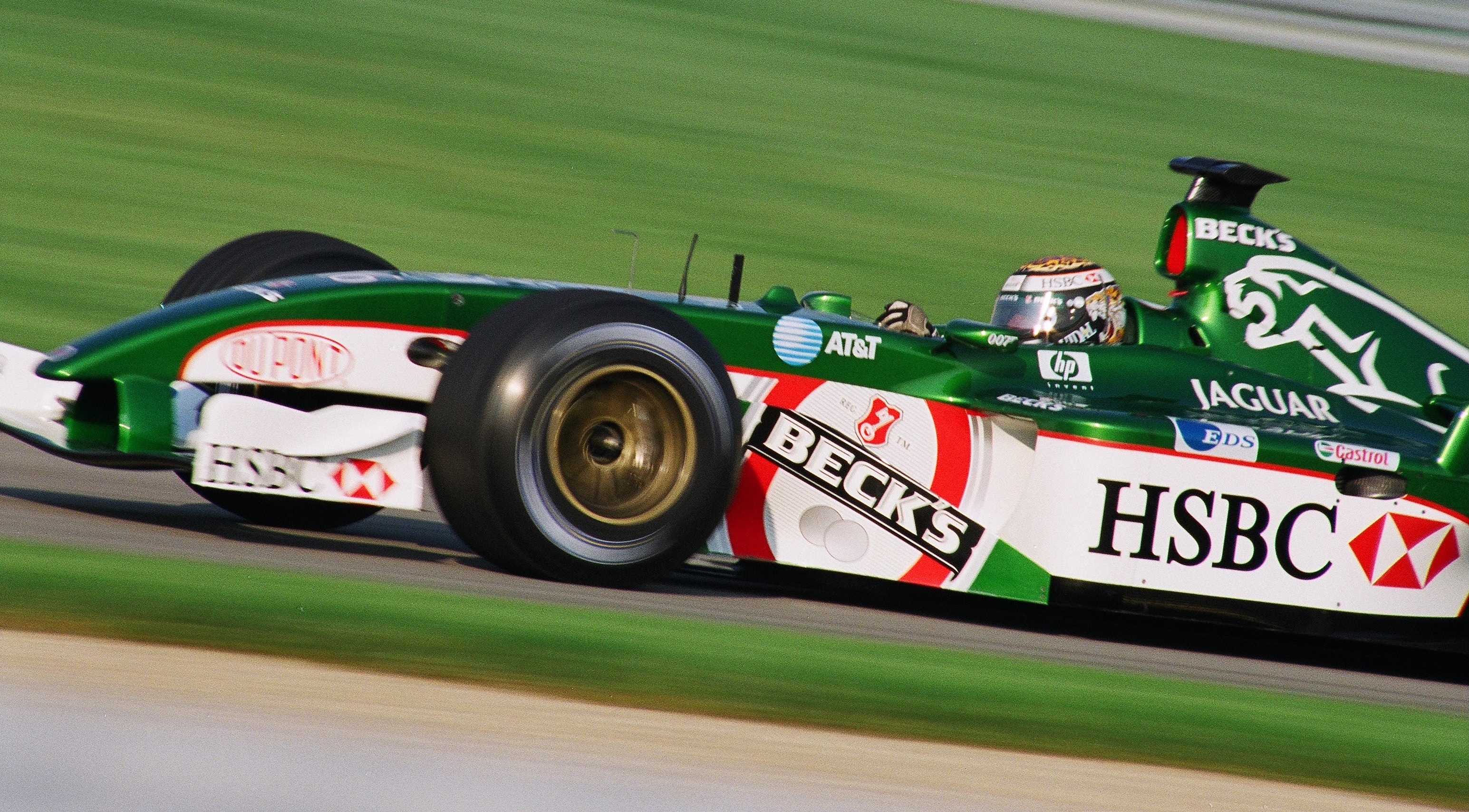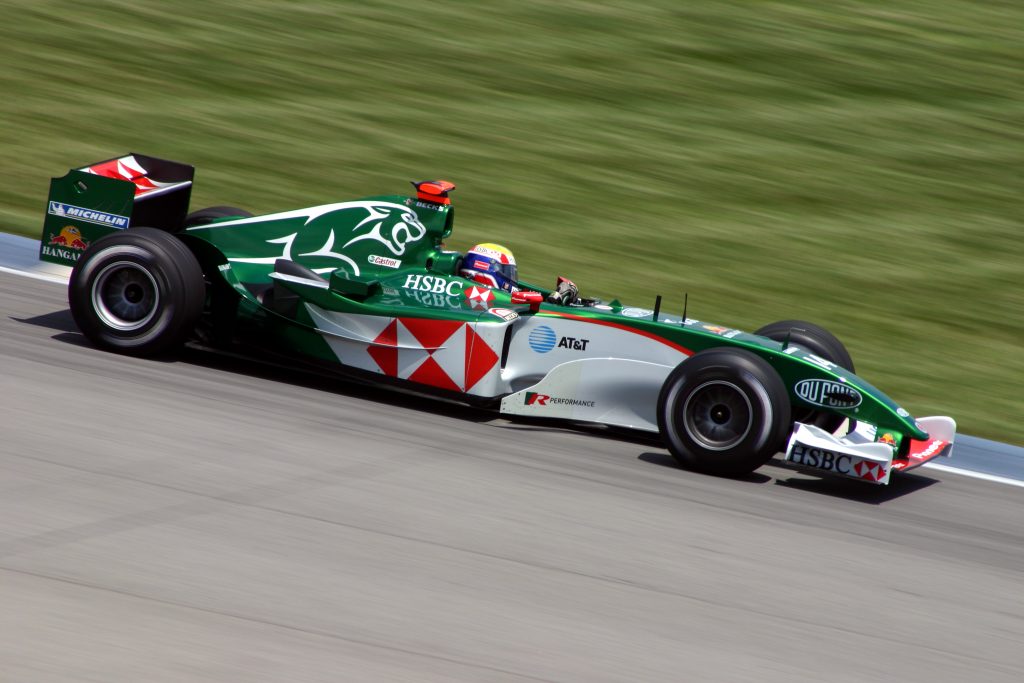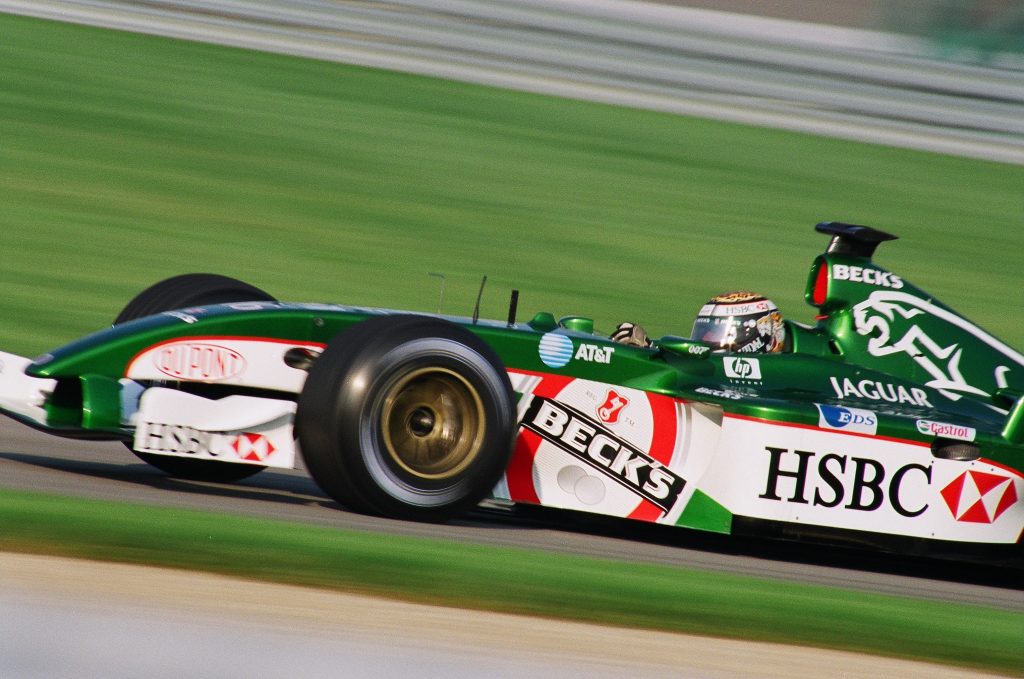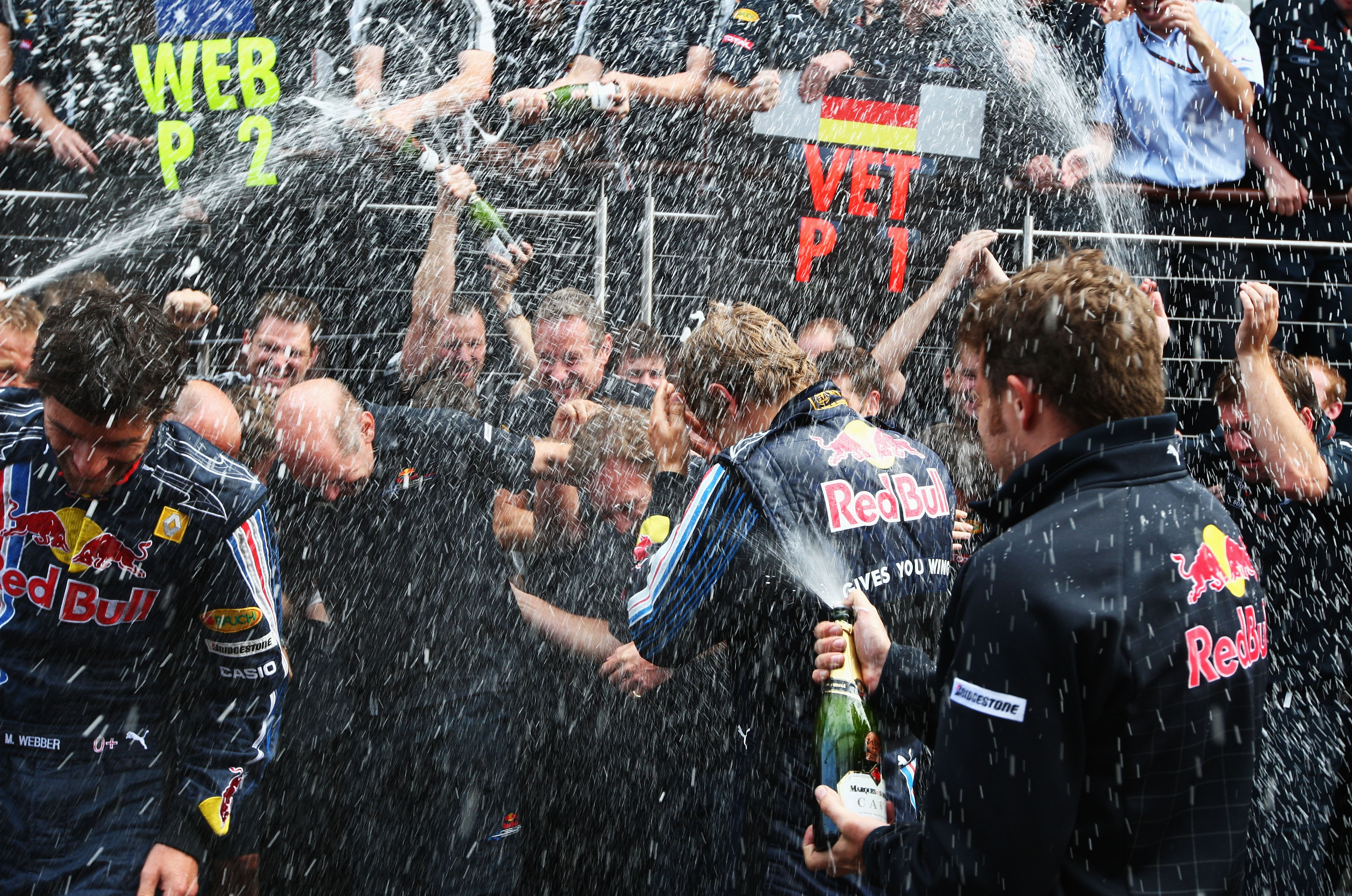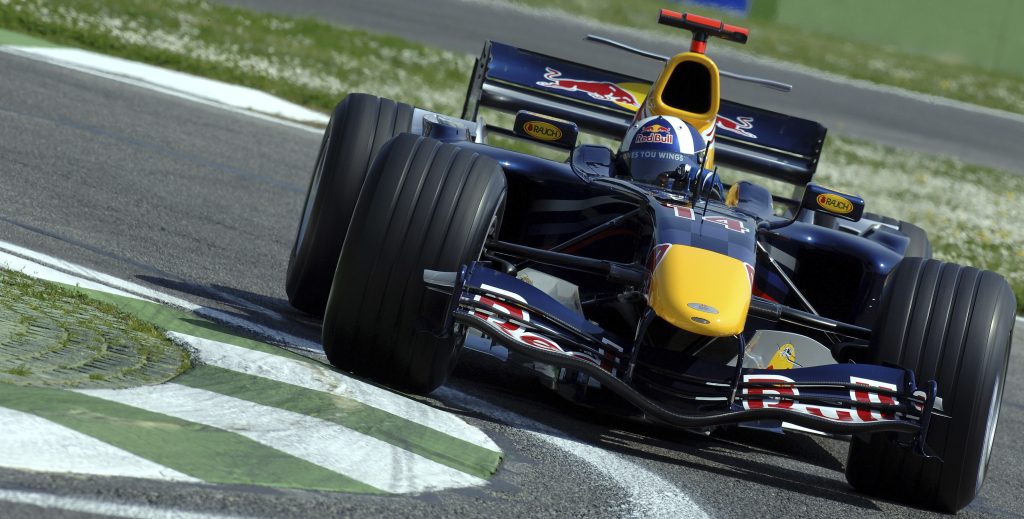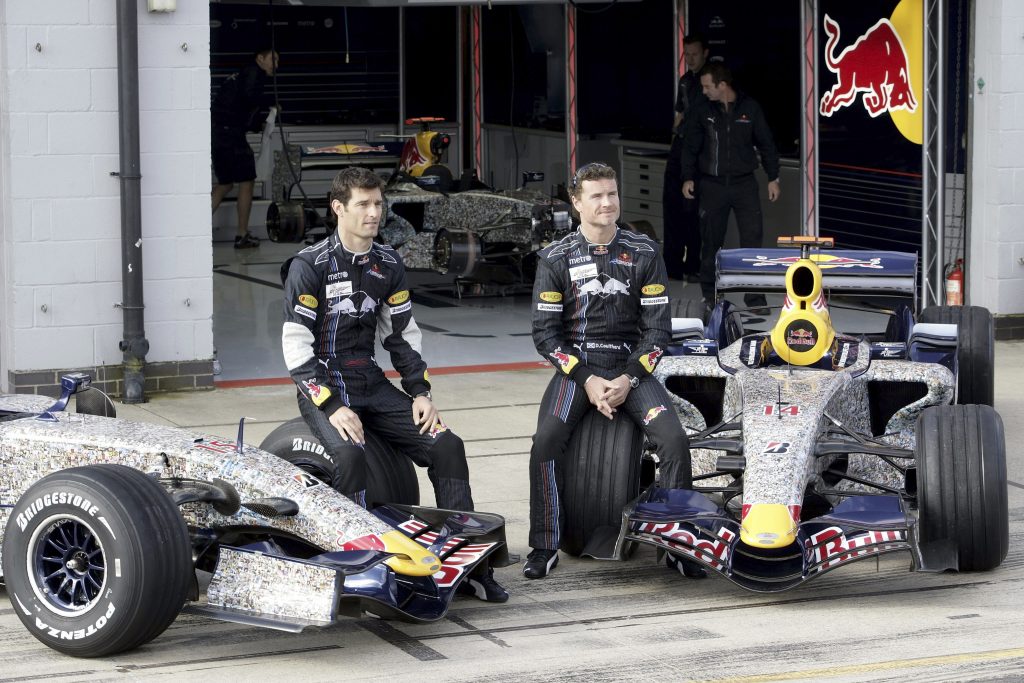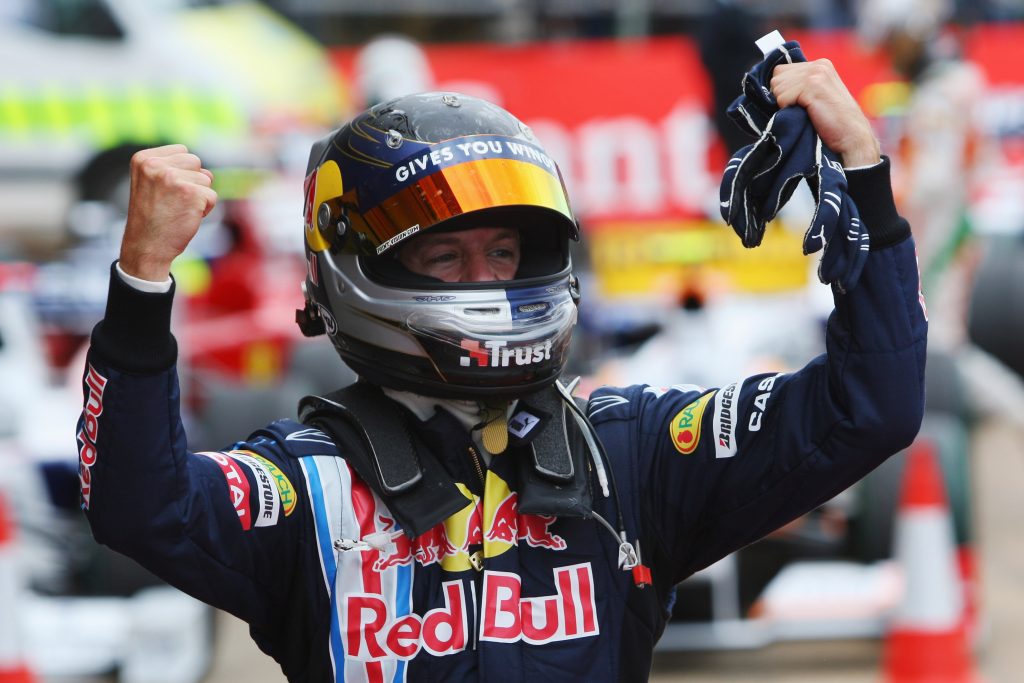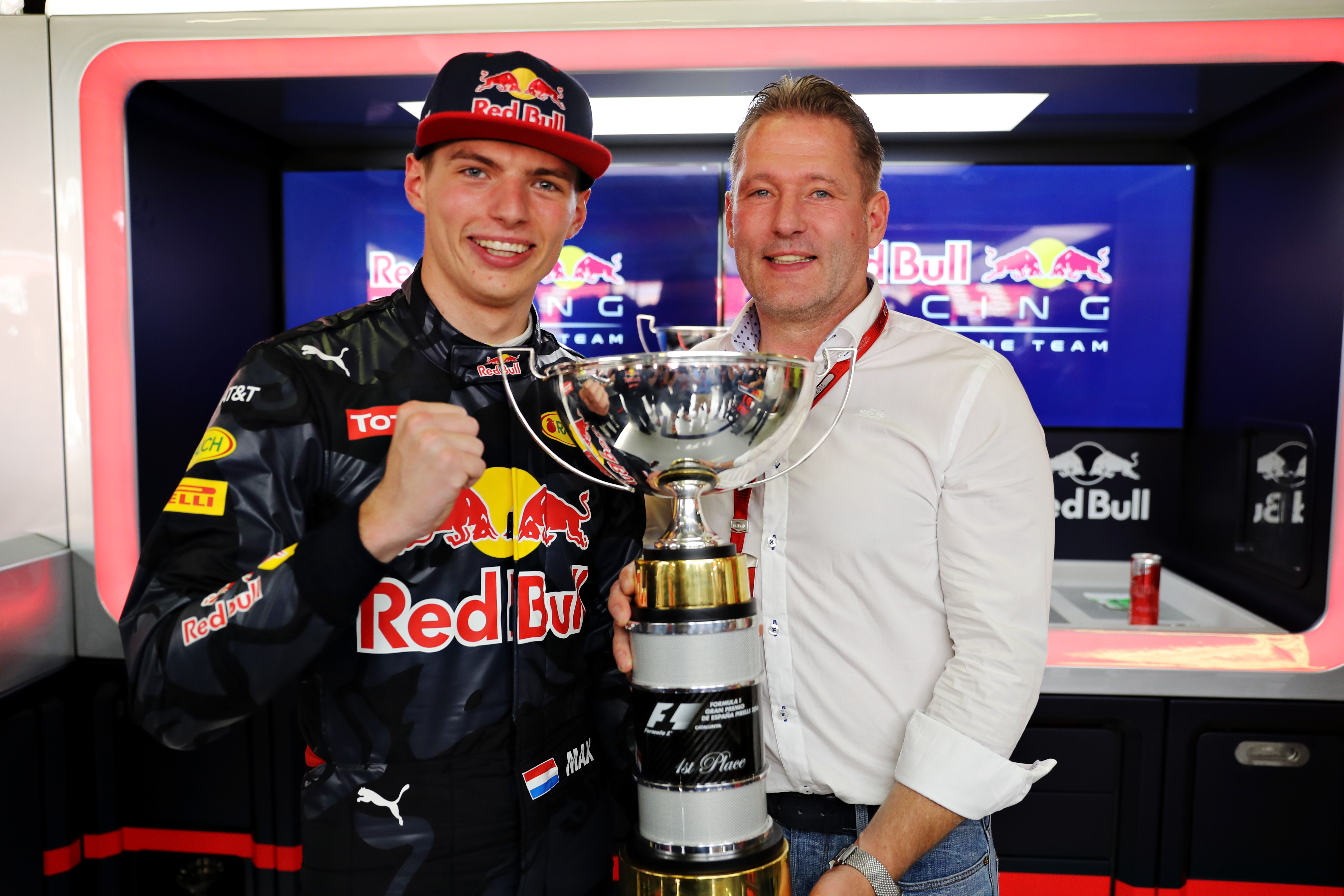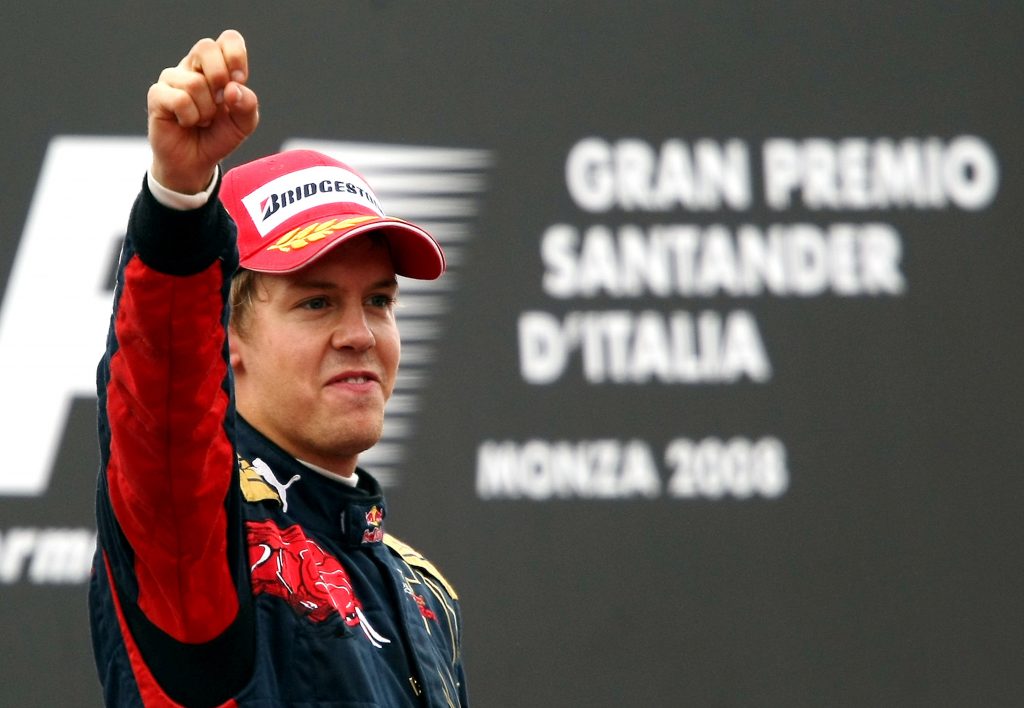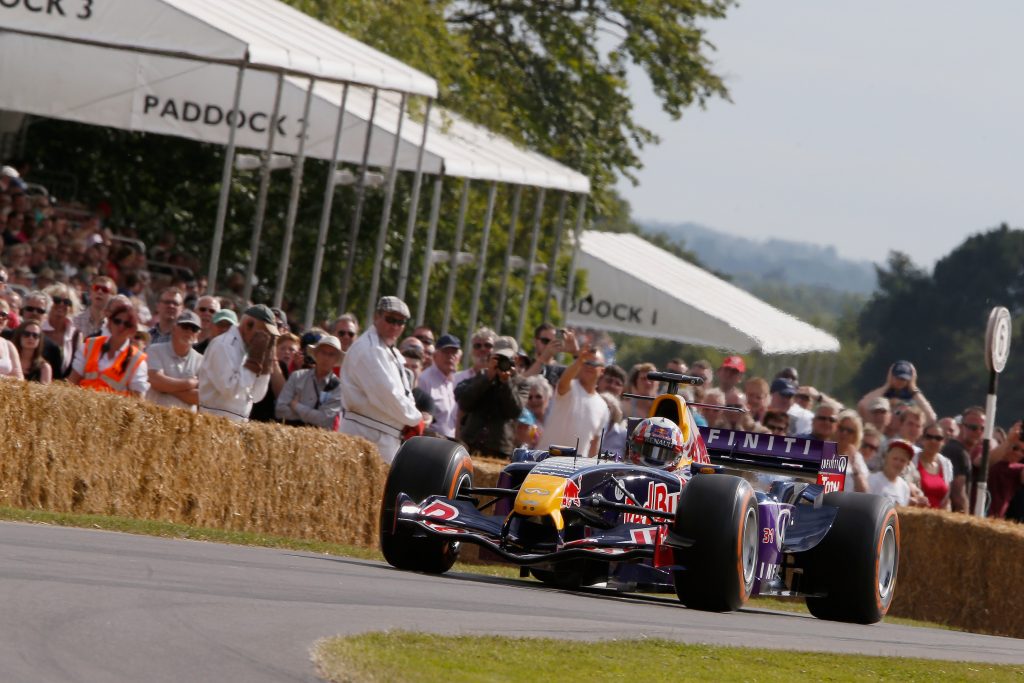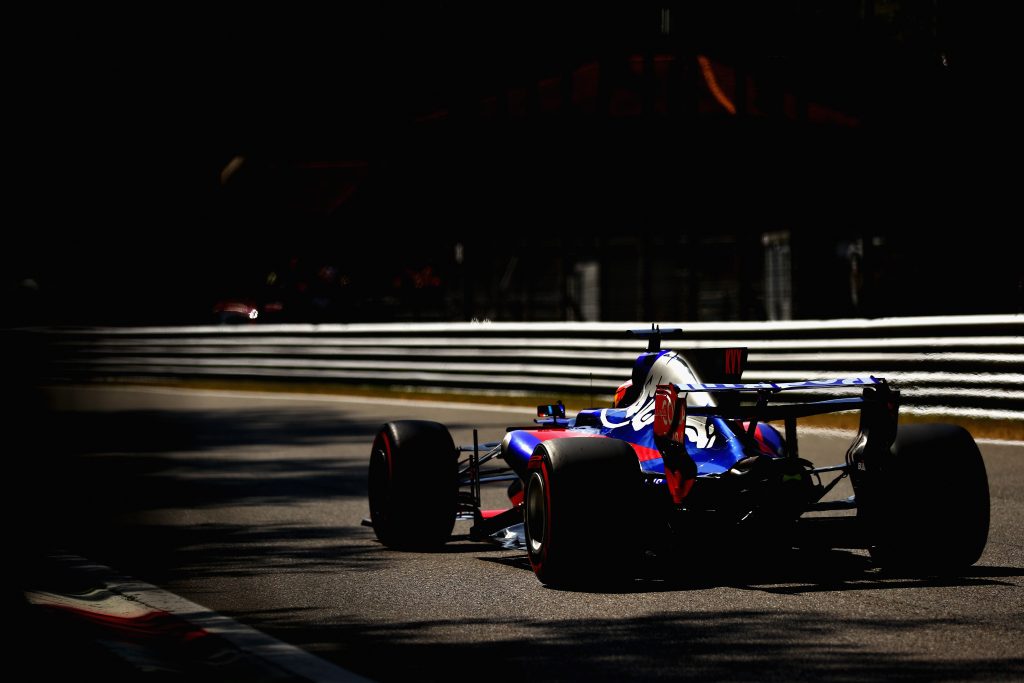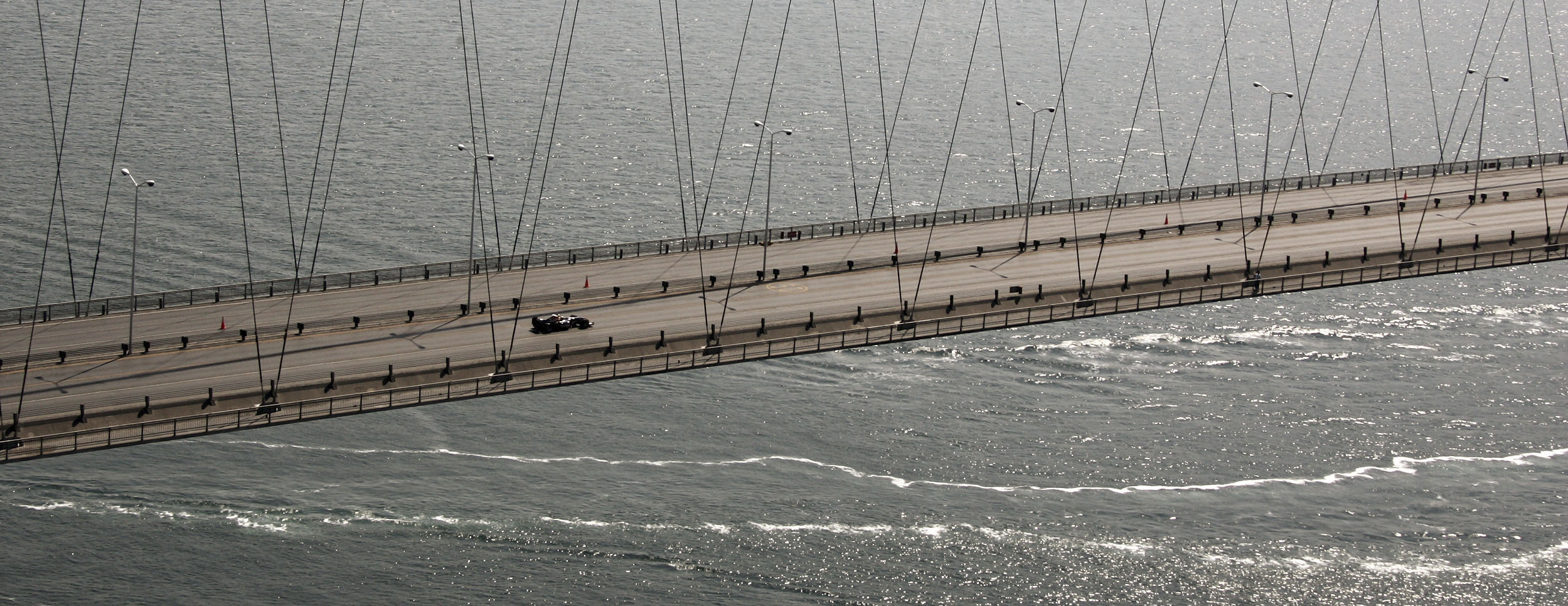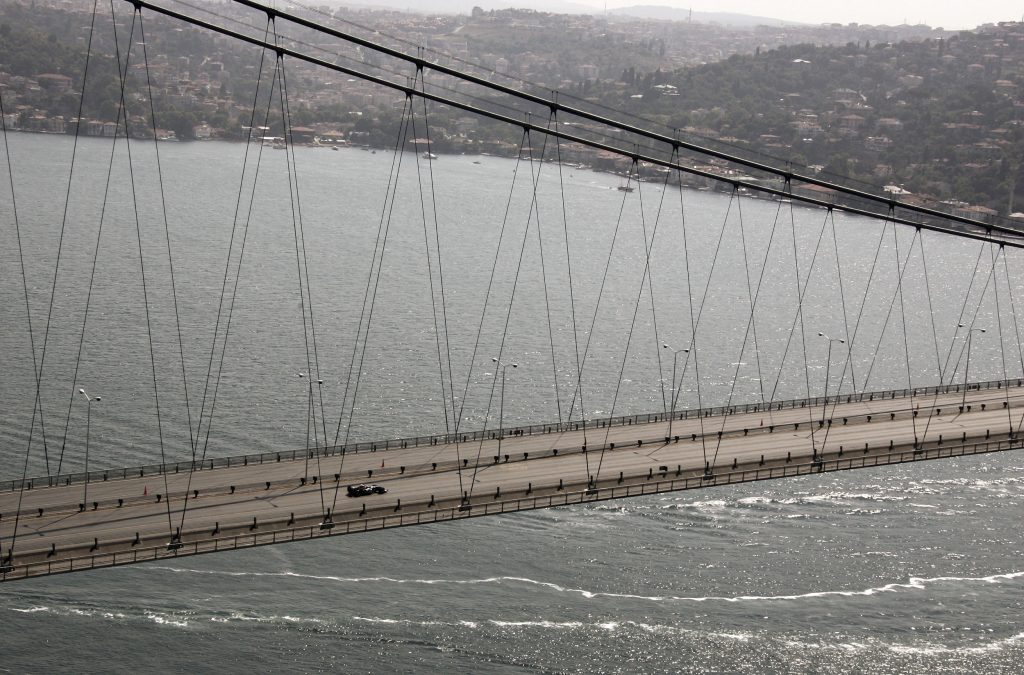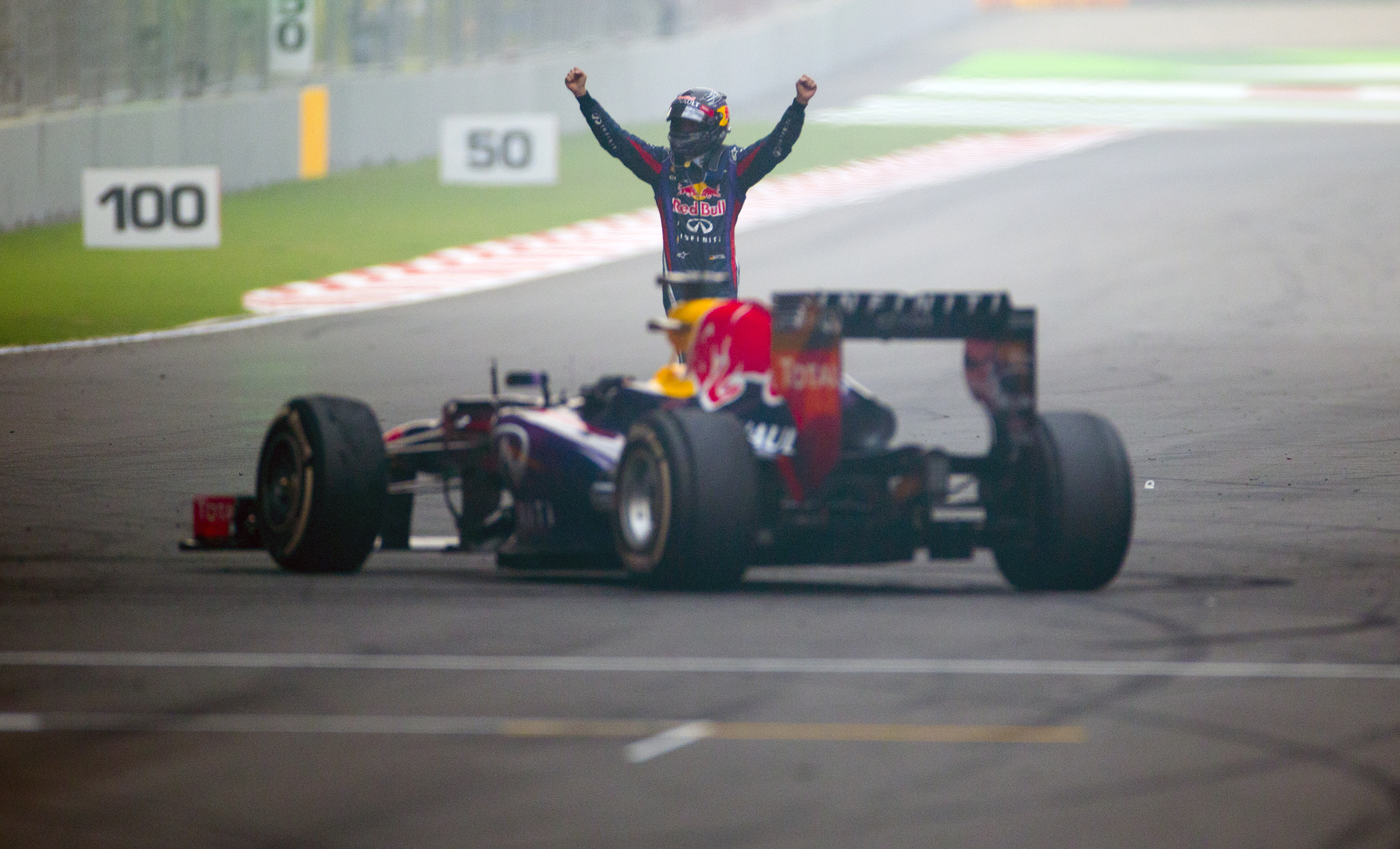Michael Schumacher had many incredible races, but this race showed his resilience and determination to finish a race even with his car having mechanical issues.
It was the 1994 Spanish Grand Prix at the Circuit de Catalunya in Barcelona and the first race held after the tragic deaths of Roland Ratzenberger and Ayrton Senna at the previous race at Imola. Schumacher was driving one of the Benetton-Ford cars, with team-mate JJ Lehto in the other.
Several top-level names, including Schumacher, were instrumental in the set-up and running of the Grand Prix Drivers Association (GPDA), and the 1994 Spanish Grand Prix was the first race after its formation. They had made the decision to install a temporary chicane before the Nissan corner, which was generally taken at near flat-out speed, in an attempt to improve safety by reducing speed at that point at the track.
Schumacher took pole position, the second of his career and second in a row, some half a second clear of Damon Hill, who in turn had qualified just one thousandth of a second ahead of Mika Hakkinen in third. Schumacher’s team-mate Lehto was fourth.
Jordan’s Rubens Barrichello qualified in fifth, followed by the two Ferrari’s of Jean Alesi and Gerhard Berger. Martin Brundle managed P8 and David Coulthard, who was making his debut in Formula 1 for Williams, replacing Ayrton Senna, qualified a respectable P9. The Tyrrell of Ukyo Katayama completed the top ten.
Andrea Montermini had been elevated from test driver to race driver for Simtek after the death of Roland Ratzenberger, but he crashed heavily into the pit-wall and broke both ankles, this ending his race weekend and also his season.
Beretta retired on the formation lap when his Larousse-Ford’s engine failed on the formation lap. At the start of the 65-lap race, Schumacher led from pole position while Barrichello and Berger collided at the first corner. Neither driver retired as a direct result of the collision, although both did so later on.
Schumacher led for the opening 22 laps of the race before pitting with what looked like gearbox issues. The Benetton was left with only fifth gear still working.
Despite driving the last 40 laps in fifth gear and making another pitstop, in which he managed to not stall the car, Schumacher continued to set respectable lap times considering he was losing up to 20 miles an hour on the main straight. He adjusted his driving style to find new racing lines, backing off early on the straights and rolling through corners, drawing on his past experience as a World Sports Car driver for help.
Schumacher ended up finishing a very respectable P2 some 24 seconds behind the Williams of Damon Hill. It was a stunning drive to adapt to the ailing car and still bring it home on the podium, marking Schumacher as a true racer who kept fighting in conditions that were stacked against him.
Schumacher commented after the race, “At the beginning it was a bit difficult to take all the corners in fifth gear, but then I managed to find a good line and keep up lap-times that were more or less good enough to compete against the others behind me.”
It was a truly stunning drive from a true legend.
[Featured image credit: Martin Lee / Wikimedia Commons]
